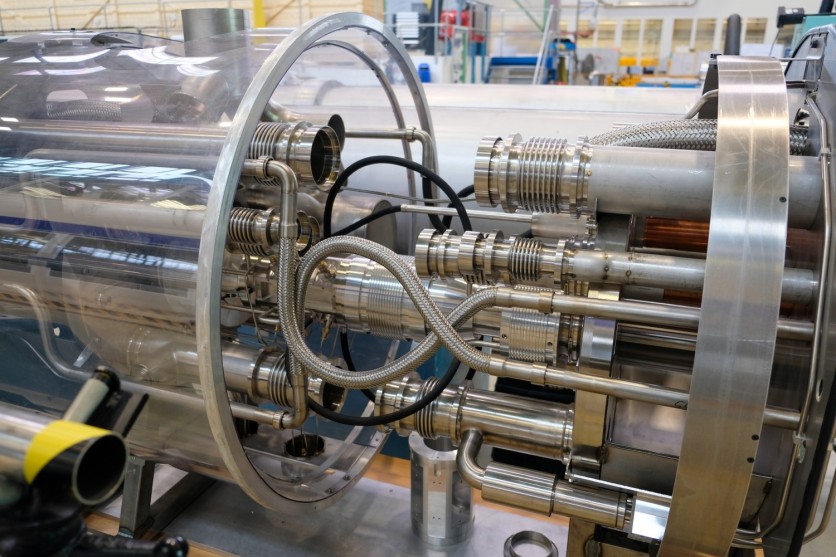Antimatter's foundational particles can now reportedly be better-understood thanks to a new study that cools down such particles faster for easier control and better property observance.
Researchers have extensive knowledge of electrons, protons, neutrons, and other subatomic particles that make up matter, yet studying the particles responsible for antimatter, an enigmatic cousin of matter, is equally crucial.
Exploring antimatter and its basic constituents may unveil fresh energy resources and various mysteries of the universe unfamiliar to us.
A groundbreaking discovery by CERN researchers unveils a revolutionary device that can cool antiprotons in just eight minutes. This represents a remarkable advancement from the previous cooling method, which lasted a challenging 15 hours.

(Photo : Brandon Style from Unsplash)
To research antimatter, scientists generate antiprotons and positrons and make them collide using a particle accelerator such as the Large Hadron Collider (LHC). Nonetheless, these particles must be cooled as they travel.
This occurs as antiprotons at cooler temperatures have slower movement, allowing for easier control and precise study of their properties without being disrupted by fast, unpredictable motions. Accurate experiments and measurements depend on this precision.
To determine the magnetic moment of an antiproton, one must initially measure the spin quantum transitions frequency, known as spin flips.
Nevertheless, the spin of an antiproton fluctuates between a half and negative one-half when in the presence of a magnetic field. Hence, the spin-flip frequency can be measured only when the anti-proton is moving slowly.
Scientists in the Baryon Antibaryon Symmetry Experiment (BASE) investigate the magnetic properties of protons and antiprotons to identify disparities between matter and antimatter.
Antiproton Chilling Improvement
The BASE team had previously created a configuration that required approximately 15 hours to chill antiprotons. Latacz stated that it would have been unrealistic for them to perform 1000 measurement cycles continuously for three years.
To tackle this issue, the scientists created a novel gadget that employs a comparable cooling system with a few alterations.
At first, antiprotons are decelerated using both an Antiproton Decelerator (AD) and an Extra Low Energy Antiproton ring (ELENA). In the subsequent stage, a large number of antiprotons are contained within a Penning trap, a tool that confines charged particles (like ions or antiprotons) through magnetic and electric fields.
The configuration can rapidly chill an antiproton in only eight minutes, allowing the BASE group to carry out 1000 measurement repetitions and obtain accurate results in one month. The significant shift in cooling is brought about by a mixture of factors.
Antimatter and Gravity
Regarding other advancements with antimatter, scientists at the Antihydrogen Laser Physics Apparatus (ALPHA) at CERN achieved a significant achievement last year. Through thorough inspection of antihydrogen, which is essentially a reversed form of regular hydrogen, researchers uncovered unexpected findings regarding antimatter.
The groundbreaking experiment confirmed Einstein's Weak Equivalence Principle as outlined in the General Theory of Relativity.
Based on this principle, when objects are influenced by gravity and begin to drop, the material composition of the objects does not impact the way they fall. All things are treated equally by gravity.
Antimatter, despite its enigmatic qualities, is not as difficult to capture as one may think. It has weight, but it is extremely uncommon compared to the abundance of ordinary matter in the universe.
The relationship between mass in particle physics and mass in Einstein's theory has been a puzzling mystery in modern physics for a long time.

ⓒ 2025 TECHTIMES.com All rights reserved. Do not reproduce without permission.




